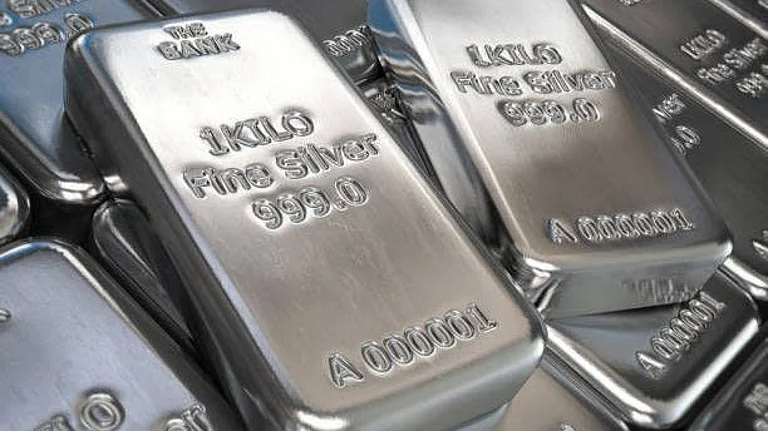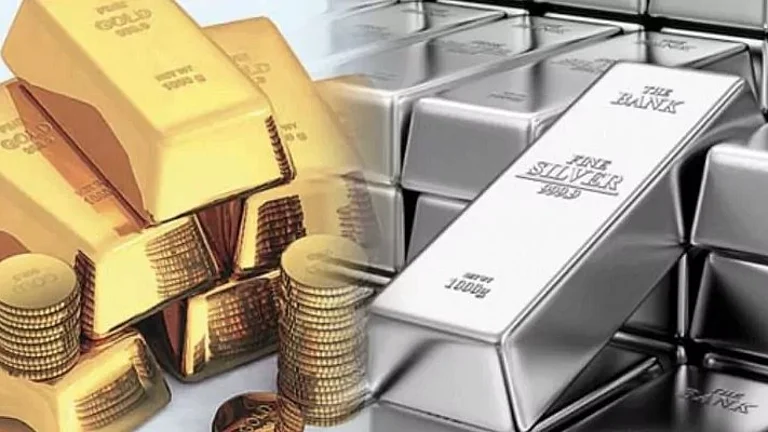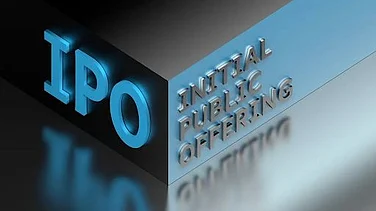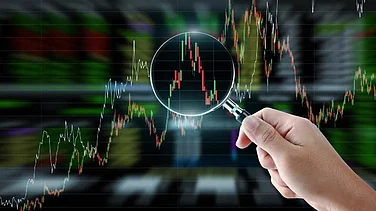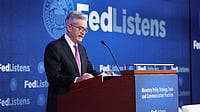With global equity markets caught in the fog of trade uncertainty sparked by the sluggish pace of deal signings from the US, investors have turned their gaze towards traditional safe havens: gold and silver. In a bid for stability, they’ve taken refuge in the yellow and white metals, pushing domestic gold prices to the ₹1 lakh per 10 grams mark and silver to a record high of ₹1.16 lakh per kilogram on the Multi Commodity Exchange on July 23.
A similar tone echoed across global markets as COMEX gold prices touched a one-month high. Rahul Kalantri, Vice President of Commodities at Mehta Equities, attributed the upswing in bullion to mounting investor unease ahead of the looming tariff deadline announced by President Trump.
“Weakness in both the US dollar index and treasury yields, amid expectations of policy easing, supported the rally. On the domestic front, rupee depreciation against the dollar added upward pressure on bullion prices. However, a surprise trade deal with Japan provided some support to currency markets, thereby capping further gains in bullion,” Kalantri said.
Analysts at Axis Securities echoed similar views. According to them, the rise in gold and silver was largely driven by persistent concerns over global trade negotiations, which in turn continued to weigh on US Treasury yields and the dollar.
“Market participants grew increasingly cautious as the August 1 tariff deadline set by President Donald Trump approached, heightening concerns over a possible breakdown in trade talks between the US and the EU,” Axis Securities noted in a report.
Kalantri, however, offered a slightly different angle. He believes that the rally was sparked more by Trump’s threat to raise tariffs unless a deal is secured by August 1, pushing investors towards safer bets. At the same time, he noted that the successful conclusion of trade deals in the near term could lift investor risk appetite, possibly dragging gold prices lower.
Gold had its moment in the sun until March-April 2025, after which it lost some steam and traded within a tight range. Silver, meanwhile, has stolen the spotlight. The white metal has been outperforming gold in recent months, surging to new highs and reversing its earlier underperformance, a trend that analysts suggest may still have breath.
“Silver is undergoing a shift in perception, from a traditional poor cousin of gold to a more dynamic asset with dual appeal,” said Gaurav Bhagat, founder of a business consulting firm. “Its price is being driven more by rising industrial demand, particularly from sectors central to the clean energy transition, rather than by speculative momentum.”
Bhagat further argued that silver deserves to be viewed as a long-term growth asset. “Investors should consider building silver exposure during broader market dips, especially given the surging demand from EVs, clean energy, and emerging technologies,” he said. The idea of silver as the ‘poor man’s gold’ is also quickly fading, underscored by the doubling of assets under management in silver ETFs over the past year.
What Lies Ahead?
Gold and silver prices appear to be moving cautiously, with well-defined support and resistance levels suggesting a period of consolidation. “In global markets, gold is holding support between $3,395 and $3,378, with resistance pegged at $3,445 to $3,462,” Kalantri noted. “Silver, meanwhile, finds support at $38.75 to $38.55, and may face resistance near $39.45 to $39.65.”
On the domestic front, gold is finding a foothold between ₹99,780 and ₹99,450, while resistance is placed between ₹1,00,550 and ₹1,00,880. Silver is likewise trading in a tight band, with support at ₹1,14,780 to ₹1,13,850 and resistance expected around ₹1,16,450 to ₹1,16,950.
For now, the glitter of precious metals is less about dazzle and more about defence, sheltering investors in a market increasingly marked by caution.











.jpg?auto=format%2Ccompress&fit=max&format=webp&w=768&dpr=1.0)

